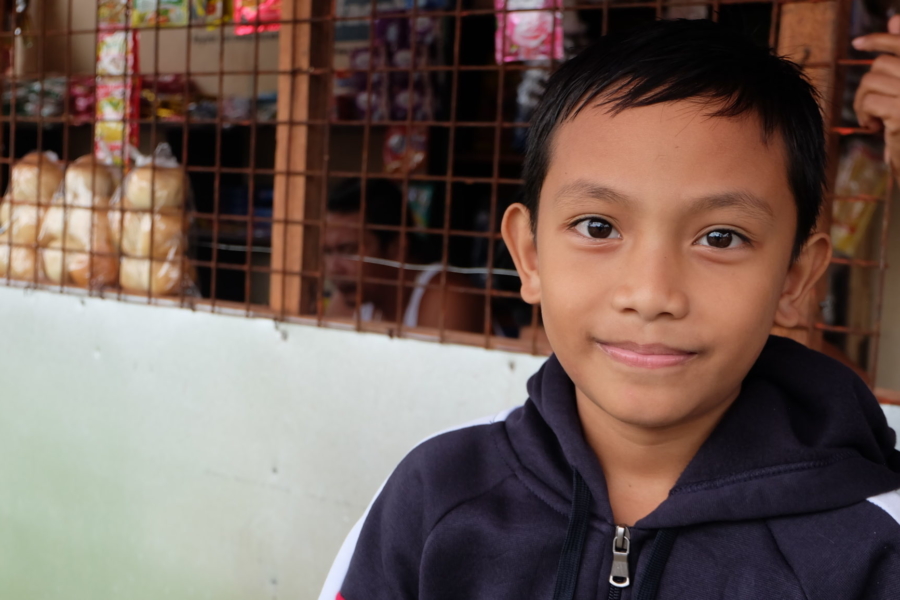Today, we hear from our U.S. Programs Director, Renée Kube, about how a Hope In Action Fund request from one of our volunteer coordinators is providing much-needed resources to one of the many impoverished families in Kentucky whose situation was worsened by devastating flooding to the region last year.
Renée’s letter
“Our amazing Volunteer Coordinator, Angie, at Morgan County Middle School, contacted me recently about a family who has been struggling, and she asked for some extra assistance.”
“Housing has always been difficult to find in eastern Kentucky, but the rental market has been even tighter since the terrible flooding last July.”
“The mother died last year. The father is trying to work and raise three children, but he has a limited education and few opportunities. The father had some financial setbacks, and they became homeless and were in a local shelter for about six weeks. The eldest child is enrolled at Morgan Middle School, and there are two younger children enrolled at Morgan Central Elementary School. Two of the three children are currently in the Children Incorporated sponsorship program and have sponsors.”
“Housing has always been difficult to find in eastern Kentucky, but the rental market has been even tighter since the terrible flooding last July. Families that were displaced from the counties that were hardest hit moved to the bordering counties that were not impacted as badly, including Morgan County. Rental costs have risen sharply.”
Help from the community and our donors

The two trailers are shown, one of which had no running water or a bathroom.
“Angie did a home visit to see the family, and sent a photo to accurately describe the dismal situation the family was in, as their only option was to move from a shelter to an old camper. Angie explained to me that they first moved into the smaller camper on the left of the photo, but it’s just a shell without running water, a bathroom or a bedroom. Then, the landlord moved the other camper onto his property. It’s better, with a slide-out that gives a bit more living space, but its condition is not great either. The family left the smaller trailer and is now renting the larger one.”
“Children Incorporated is providing a modest grant that will provide a couple of space heaters, blankets, some additional warm clothing, and food for this family to get through the winter, which should help them start to feel grounded again and more stable. Our amazing sponsors and donors make wonderful things just like this happen every day for families in our program and we are so grateful for their support.”
***
How do I sponsor a child with Children Incorporated?
You can sponsor a child in one of three ways: call our office at 1-800-538-5381 and speak with one of our staff members; email us at sponsorship@children-inc.org; or go online to our sponsorship portal, create an account, and search for a child that is available for sponsorship.

